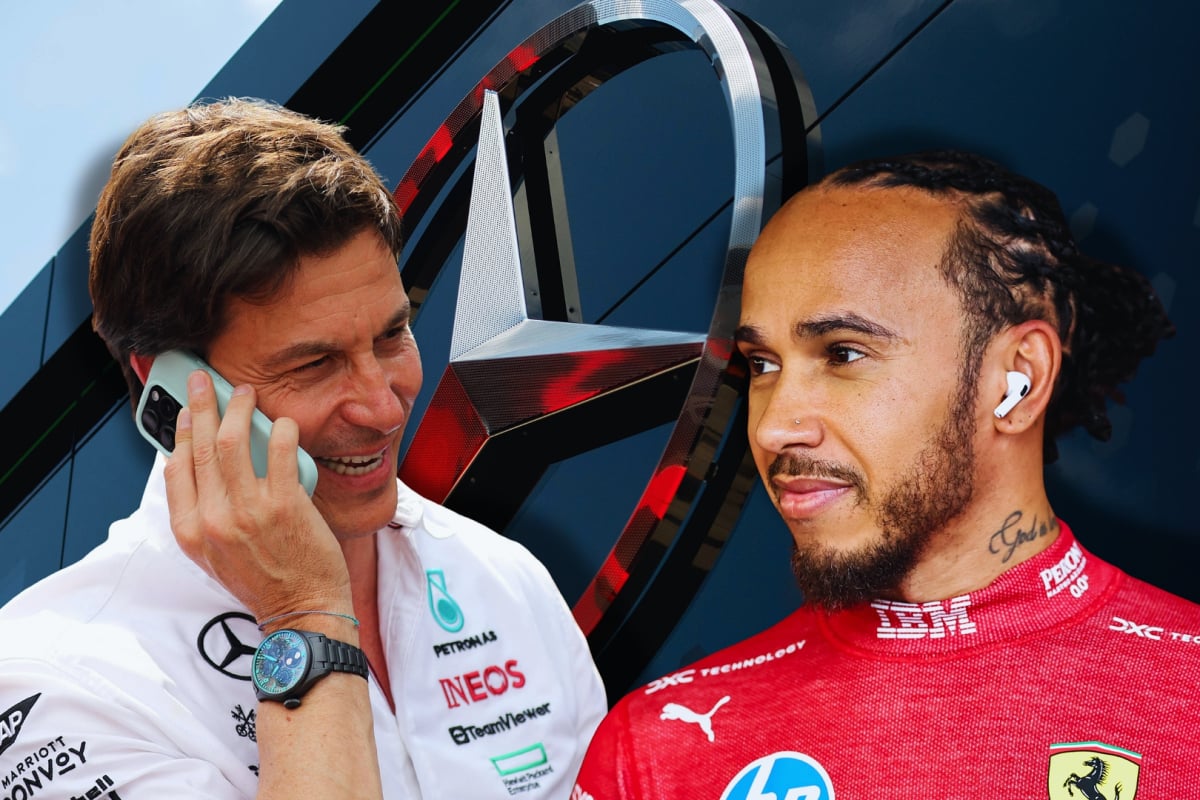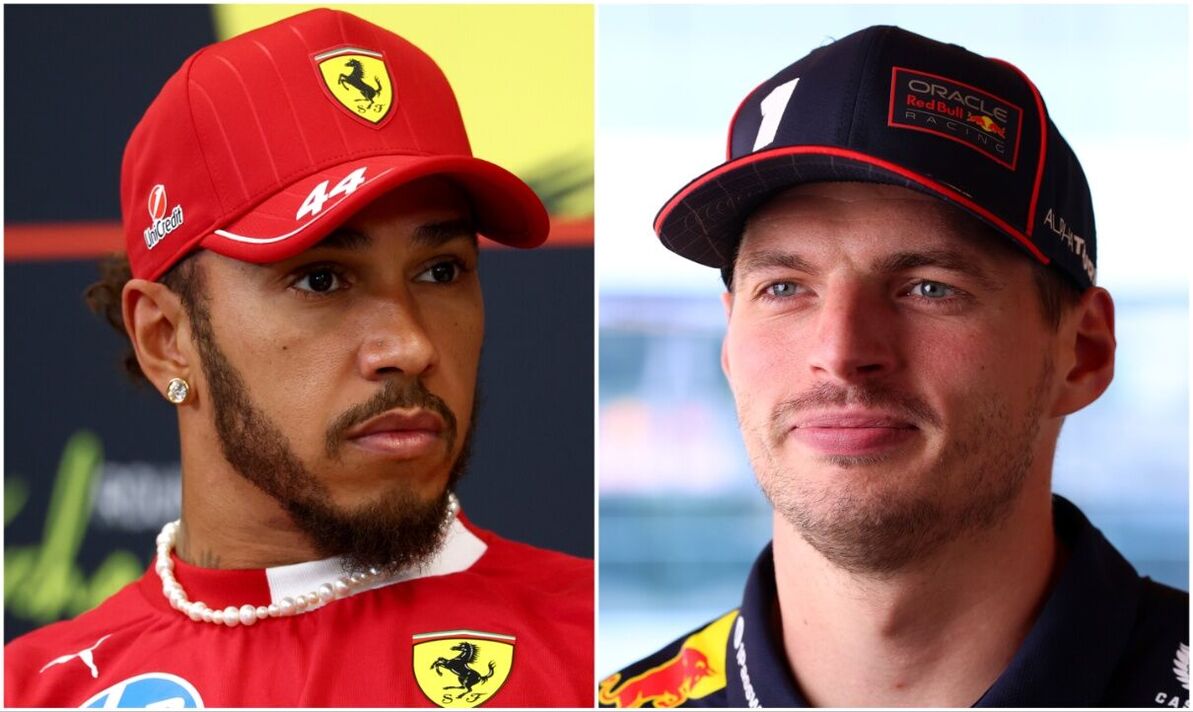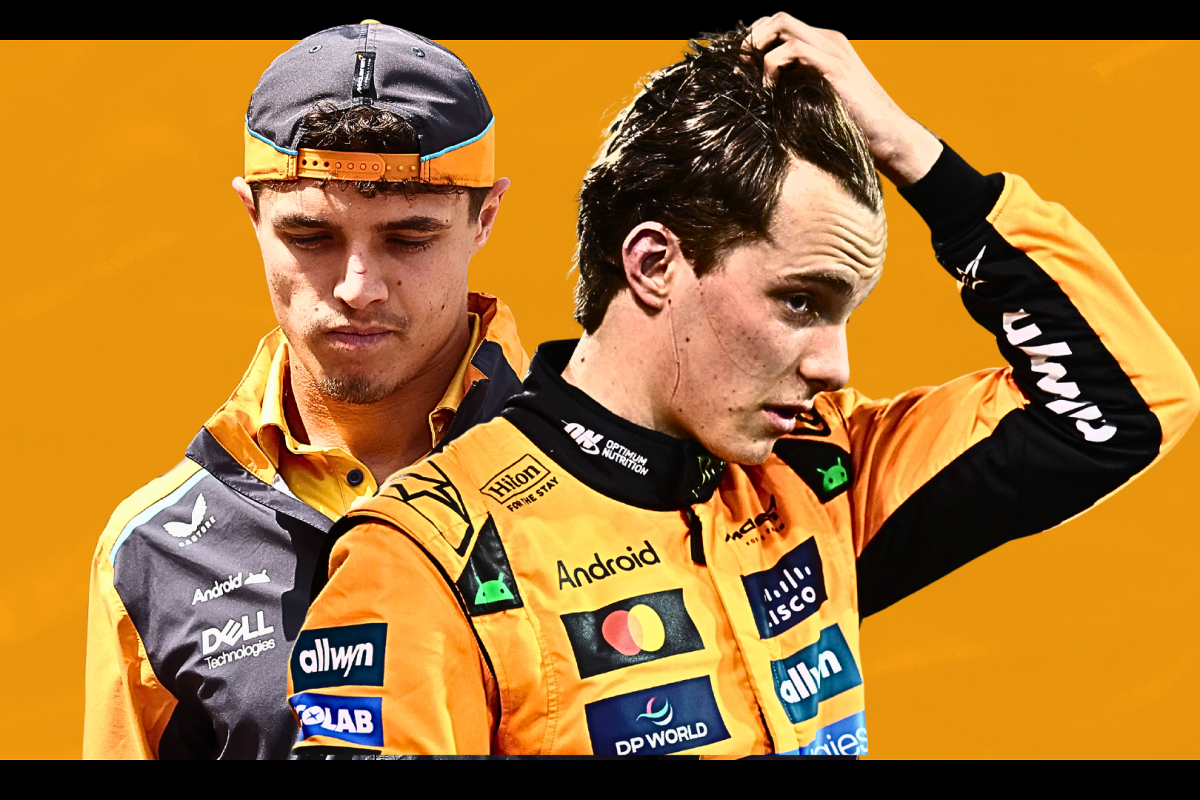Hamilton’s Ferrari Fiasco:A Return to M… read more
Lewis Hamilton’s tumultuous start to his Ferrari F1 career has ignited debate across the motorsport world. While the seven-time World Champion’s ambition to conquer new challenges is commendable, the early struggles at Maranello have raised serious questions about the wisdom of his move and the current state of the Prancing Horse. The performance gap between Hamilton and his rivals, coupled with the team’s seemingly inconsistent approach, has led to speculation about a potential, and perhaps even inevitable, return to the familiar confines of Mercedes. While a return to Mercedes would be a tempting, pragmatic solution for Hamilton and potentially a welcome respite for his struggling team, it’s not without complexities and drawbacks.
Hamilton’s move to Ferrari, widely viewed as a bold, even audacious career choice, was met with anticipation. He sought to challenge himself against the storied Italian team, driving a car laden with expectations. The allure of a different environment, a chance to chart a new path, and potentially, to rewrite history in a new colour scheme was undeniable. However, the reality of competing at the pinnacle of motorsport is frequently unforgiving. Initial expectations of immediate impact have been dashed against the unforgiving reality of the sport. The Ferrari car has struggled to match the performance of its rivals, particularly in terms of race pace and consistency. This gap has created a significant challenge for Hamilton and has highlighted the significant complexities involved in adapting to a completely new technical platform and team dynamic.
Numerous factors have been cited to explain Ferrari’s current predicament. The lack of reliability, the inconsistency in performance, and the apparent difficulties in achieving optimal car setups have been repeated criticisms levelled against the team. Critics point to personnel issues and potential leadership voids within the organization. The technical aspects of the car’s development – a critical area for success in Formula 1 – has been a point of particular scrutiny. Reports suggest that the team may not have grasped the intricacies of the current aerodynamic rules and regulations as thoroughly as other teams. Furthermore, the team culture and dynamics could be playing a significant part in the underwhelming performance. All these elements are contributing factors to the prevailing sense of unease surrounding the team.
Conversely, Mercedes have emerged as an extremely potent force, currently dominating the constructors’ championship. The atmosphere within the Mercedes team is well-documented as being highly professional and collaborative. Hamilton’s long-standing relationship with the team and his familiarity with the technical team are undeniable advantages. The team have also demonstrated an ability to consistently develop their car throughout the season, making adjustments based on real-time data and feedback from drivers and engineers. This approach, combined with the highly motivated and experienced driver line-up, positions Mercedes as a strong contender for the title.
A return to Mercedes, therefore, appears to present a simple solution for Hamilton. He would likely have a ready-made winning car, a familiar environment, and the team support he needs to perform at his peak. The potential for a swift return to victory is also significant. The possibility of a reunion might well be enticing to both parties, providing an opportunity to recapture the winning formula.
However, such a move would be seen by some as a retrograde step, a surrender of the challenge he accepted in choosing Ferrari. It suggests that perhaps the ambition to try something new was not sufficiently backed by the necessary resources and support. Such a move would also potentially undermine the perceived value of his choice to leave Mercedes and may fuel discussions about whether Hamilton’s motivation remains undiminished. Furthermore, it could signal a lack of confidence in Ferrari’s ability to turn their current performance around.
From the team’s perspective, losing Hamilton, even momentarily, could be damaging. His popularity and experience bring significant value to any team. A return, however, could be seen as an indicator of poor team management and a failed investment strategy. This potential perception raises a crucial question: is Ferrari willing to endure the disappointment and maintain the necessary focus required to address their current challenges?
In conclusion, while a return to Mercedes seems like a straightforward solution to Hamilton’s Ferrari woes, it’s far from a simple fix. It comes with its own set of implications and raises questions about the long-term health of both the driver and the team. Ultimately, the outcome hinges on Ferrari’s ability to rediscover their winning formula and whether Hamilton remains committed to the challenge of reviving his career at Maranello. If not, a Mercedes return, however enticing, would likely appear as a logical – albeit somewhat disappointing – resolution to this complex chapter of Formula 1 history.



